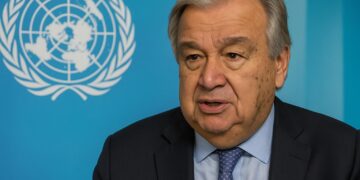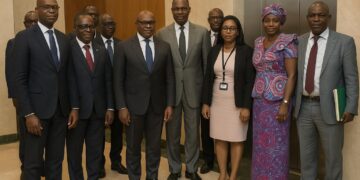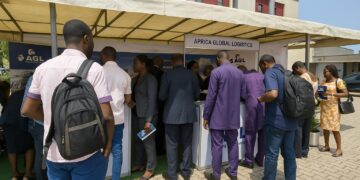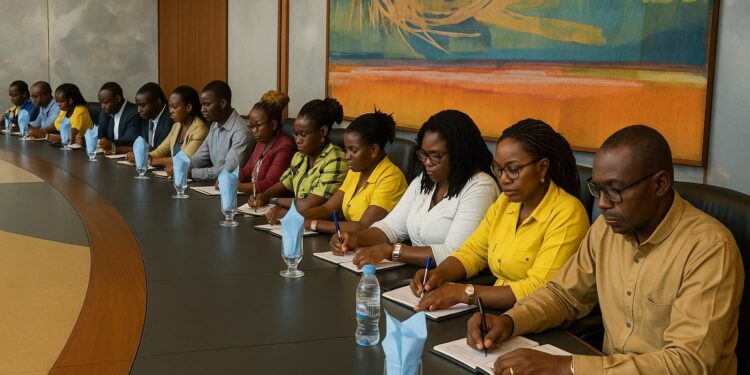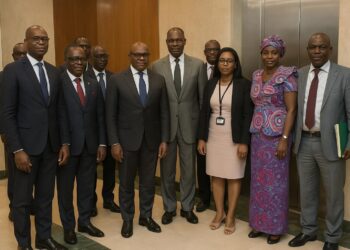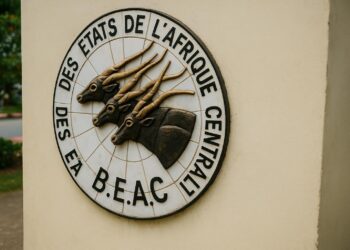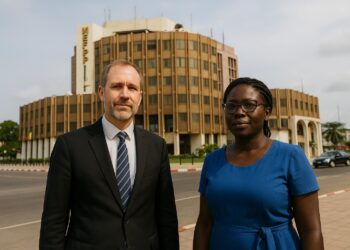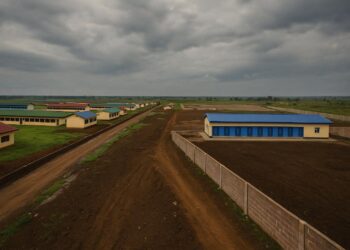Central African growth forecast revised
The Bank of Central African States, BEAC, has trimmed its growth forecast for the six-nation CEMAC bloc to 2.6 percent in 2025, a marginal step down from the 2.7 percent the region is expected to post in 2024, according to its latest communiqué.
The projected deceleration, while modest, signals a second consecutive year of cooling momentum and places pressure on policymakers to preserve the fragile recovery that followed the pandemic and the 2022 commodity-price rally.
Oil and gas contraction takes centre stage
BEAC attributes the softer outlook chiefly to lower oil and gas activity, which is now forecast to contract by 1.5 percent after a 0.4 percent decline in 2024. Hydrocarbons still generate the bulk of fiscal revenue and foreign-exchange earnings for the bloc.
Operators face maturing fields, deferred investment and cautious capital spending by international majors. These structural headwinds compound temporary outages that punctuated 2024, leaving overall hydrocarbon output on a downward slope despite elevated global prices.
Non-oil resilience and diversification push
Non-oil GDP is projected to grow 3.2 percent, almost unchanged from 3.3 percent in 2024. Services, construction and agriculture continue to absorb internal demand, while ongoing infrastructure programmes across the bloc widen the productive base.
Officials see these non-oil gains as evidence that diversification policies, including updated investment codes and special economic zones, are slowly taking hold, even if security, logistics costs and electricity reliability remain structural challenges.
Liquidity strategy and monetary stance
To cushion the slowdown, BEAC plans to expand broad money supply by 10.4 percent, taking it to 23 088.1 billion CFA francs by December 2025. The strategy aims to keep credit flowing to productive sectors without feeding excess inflation.
The liquidity injection is expected to coincide with a 2.6 percent fall in external reserves, which would still leave 7 101.7 billion CFA francs on the books. That drawdown, BEAC argues, remains consistent with its statutory coverage threshold.
The Monetary Policy Committee therefore opted to leave benchmark rates unchanged. The tender interest rate, or TIAO, at which commercial banks access weekly liquidity, remains at 4.5 percent, granting continuity to treasurers and investors planning their 2025 funding needs.
By holding rates, the central bank signals confidence that previous tightening is sufficient to anchor expectations while acknowledging that premature easing could revive imported-inflation risks amid a still-volatile global energy market.
The communiqué stresses that fiscal authorities across the bloc must align spending envelopes with the softer revenue outlook, prioritising essential outlays while safeguarding public investment that can crowd in private capital.
Inflation outlook supports purchasing power
Headline inflation is projected to fall back to 2.6 percent by the end of 2025 from a 4.1 percent average in 2024, comfortably below the 3 percent convergence ceiling set for CEMAC.
Lower food and fuel base effects, together with a stable regional currency pegged to the euro, underpin the disinflation narrative. The forecast, if realised, would support real wage gains and preserve the purchasing power necessary for the service sector to keep expanding.
Weather-related shocks or logistics bottlenecks could still trigger short-term price spikes, especially in landlocked zones where transport accounts for a large share of retail costs. BEAC’s forward guidance therefore stresses vigilance and data-dependence.
What investors should watch
Slower top-line growth does not equate to absence of opportunity. Renewable energy, agro-processing and digital infrastructure remain priority areas in national development plans and could benefit from the increased liquidity that the banking system is set to receive.
Sovereign Eurobonds from CEMAC members have already priced in macro risks, leaving room for spread compression if the region demonstrates fiscal discipline. BEAC’s steady hand offers additional reassurance to fixed-income allocators seeking yield above global benchmarks.
For corporates, the unchanged policy rate translates into predictable working-capital costs. Firms with dollar revenue streams but CFA-denominated expenses may enjoy a natural hedge as the euro peg buffers currency volatility.
Local lenders, encouraged by the monetary-base expansion, are likely to compete more aggressively for creditworthy mid-caps. Entrepreneurs able to present bankable projects aligned with diversification objectives may find 2025 an opportune window to secure medium-term finance.
Policymakers across the sub-region, including Congo-Brazzaville, frame the 2025 budget cycle as a bridge toward more resilient, low-carbon growth. The success of this roadmap will hinge on timely project execution and continued coordination between fiscal and monetary authorities.




